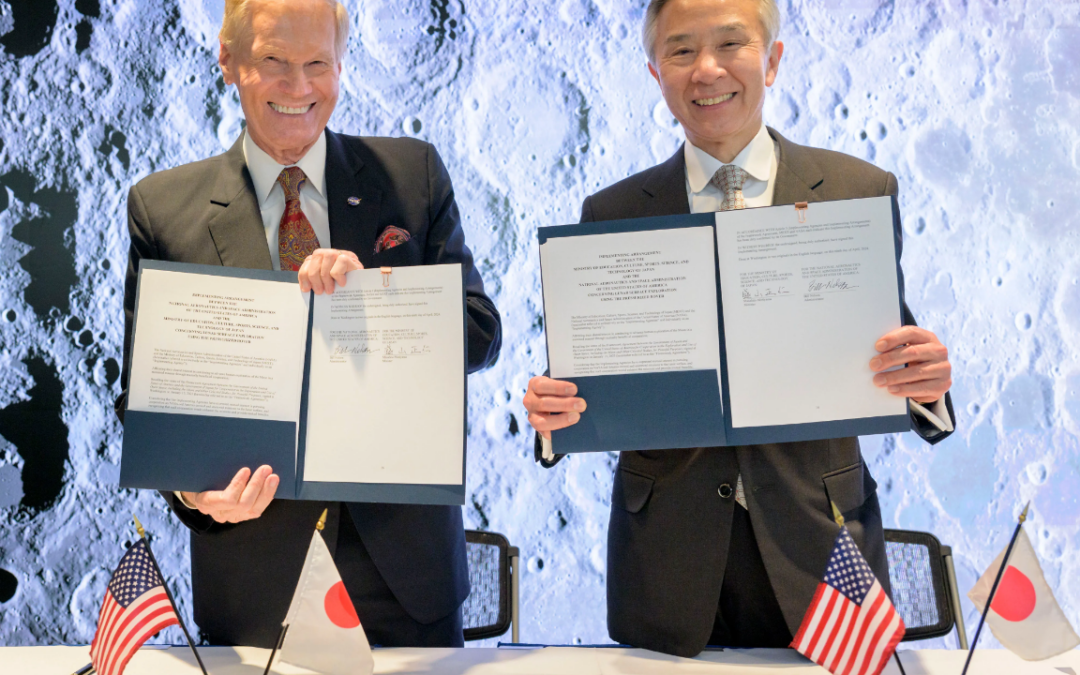NASA administrator Bill Nelson and Japan’s minister of education, culture, sports, science and Technology (MEXT) Masahito Moriyama have signed an agreement to advance sustainable human exploration of the Moon.
Under the agreement, Japan will design, develop, and operate a pressurized rover for crewed and uncrewed exploration on the Moon. NASA will provide the launch and delivery of the rover to the Moon as well as two opportunities for Japanese astronauts to travel to the lunar surface. The pressurised lunar rover is intended to enable astronauts to travel farther and work for longer periods on the lunar surface.
An enclosed and pressurised rover will enable astronauts to travel farther and conduct science in geographically diverse areas by serving as a mobile habitat and laboratory for the astronauts to live and work for extended periods of time. It will be able to accommodate two astronauts for up to 30 days as they traverse the area near the lunar South Pole. NASA currently plans to use the pressurised rover on Artemis VII and subsequent missions over an approximate 10-year lifespan.
“The quest for the stars is led by nations that explore the cosmos openly, in peace, and together,” said Nelson. He added: “America no longer will walk on the Moon alone. With this new rover, we will uncover groundbreaking discoveries on the lunar surface that will benefit humanity and inspire the Artemis Generation.”
“It was an honour to sign the historic implementing arrangement that will be long remembered as the symbol of the new era of Japan-US partnership for the lunar exploration,” added Moriyama.
This new arrangement is part of a framework agreement signed in January last year, which recognises both nations’ mutual interest in peaceful exploration of space.

